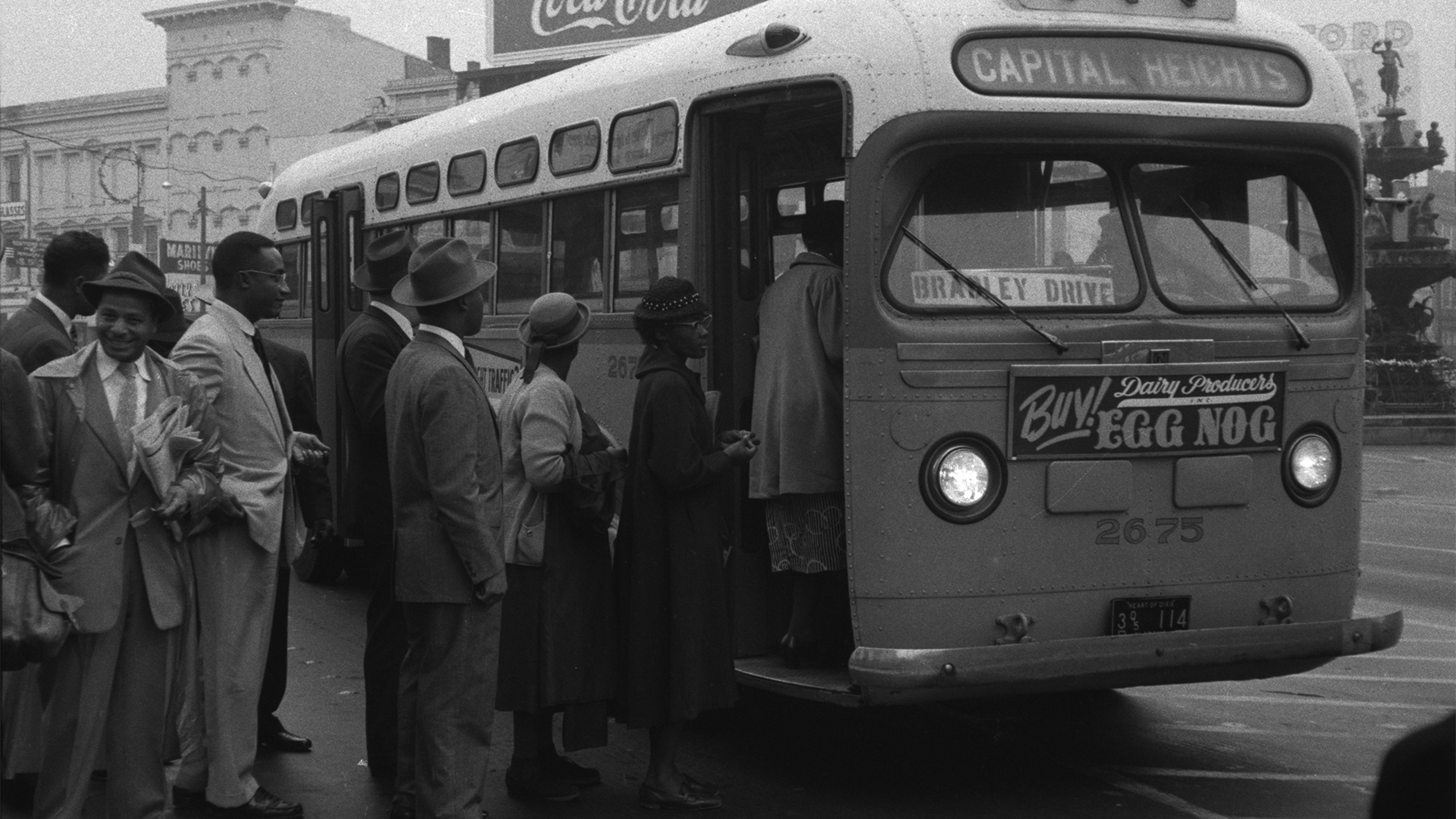Jo Ann Robinson boarded a bus in Montgomery, Alabama, in December 1949, paid her fare and saw just two other passengers – a white woman seated in the third row and a Black man sitting near the back.
Well aware of the segregation laws that prohibited Black patrons from sitting in the whites-only section in the front of the bus, Robinson chose a seat in the middle. The driver pulled over, walked back to where she was seated and yelled at her, telling her that she was sitting too close to the white section.
Fearing that he would hit her, Robinson fled the bus.
Humiliated, embarrassed and angered, Robinson began to mobilize against bus segregation. When the Montgomery mayor and city council refused her demand to bring an end to the separation of races on city buses, she conceived the idea of a boycott.
But activists in the Black community felt the timing wasn’t right. They feared harsh reprisals – arrests, violence and job losses for people who challenged the Jim Crow laws.
In the meantime, more Black bus riders began to experience similar abuse. Among the indignities, they were forced to pay at the front of the bus, then exit and re-enter through a separate door leading to the Black section in the back. Occasionally, drivers would pull away before they could re-enter, even though they had paid their fare.
Some riders became increasingly defiant. Claudette Colvin was one.
At 15 and still in high school, she was arrested on March 2, 1955, after refusing to obey a driver’s order to relinquish her seat to a white person, even though she was already sitting in the back.
Aurelia Browder, a seamstress and the owner of several businesses, was another. She was arrested on April 19, 1955, after declining to give up her seat to a white person.
It was later that year, on Dec. 1, when Montgomery NAACP Secretary Rosa Parks, who was already well-known in the community for fighting to achieve racial justice, did the same and was taken to the Montgomery jail. Robinson – who had been patiently waiting for the right time to put her boycott plans into place – seized the moment.
With the help of others at Alabama State College (now Alabama State University), where she was an English professor, Robinson prepared and mimeographed more than 50,000 flyers and distributed them to Black city residents, asking them to stay off the buses for one day to protest Parks’ arrest. After receiving one of the flyers, the Montgomery Advertiser published a story about the boycott on its front page, helping to spread the word.
Few, if anyone, imagined the Montgomery Bus Boycott, which began 65 years ago on Dec. 5, 1955, would last nearly 13 months and bring about such historic change.
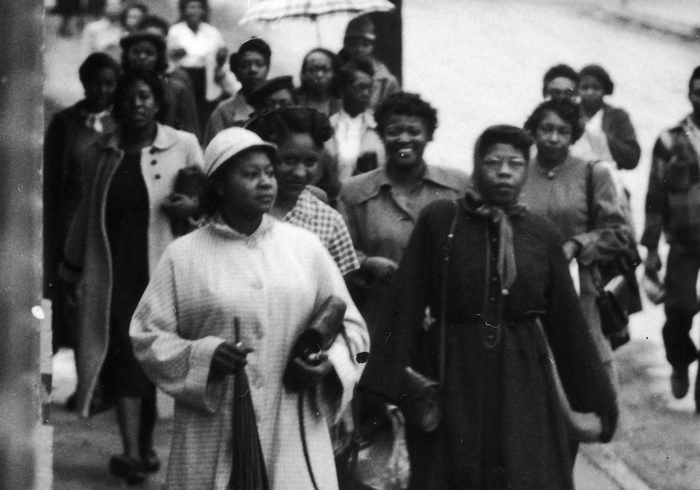
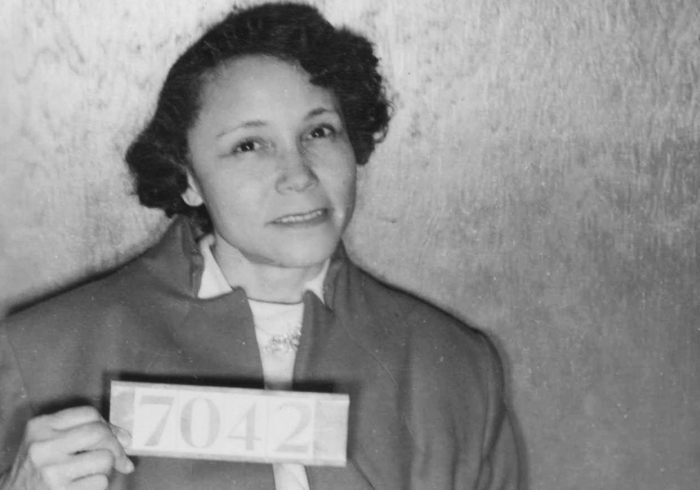
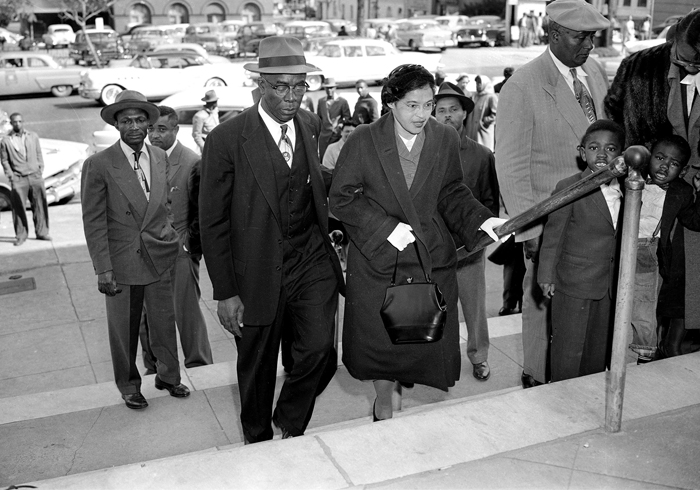
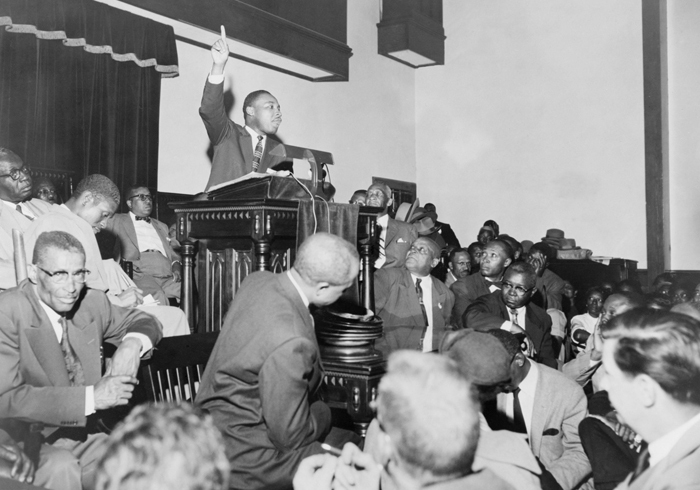
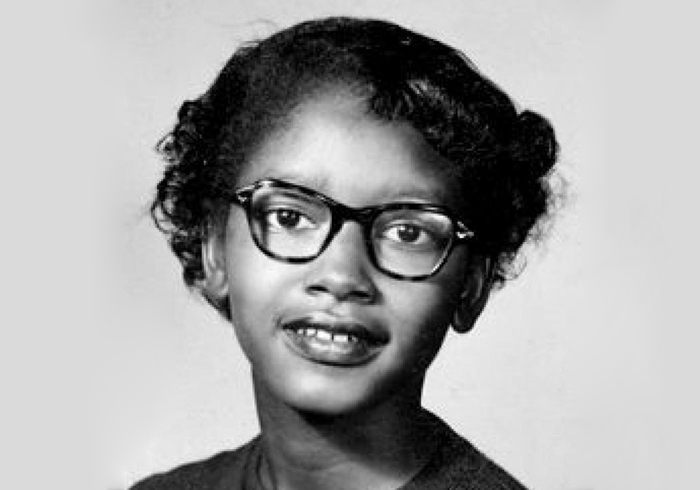
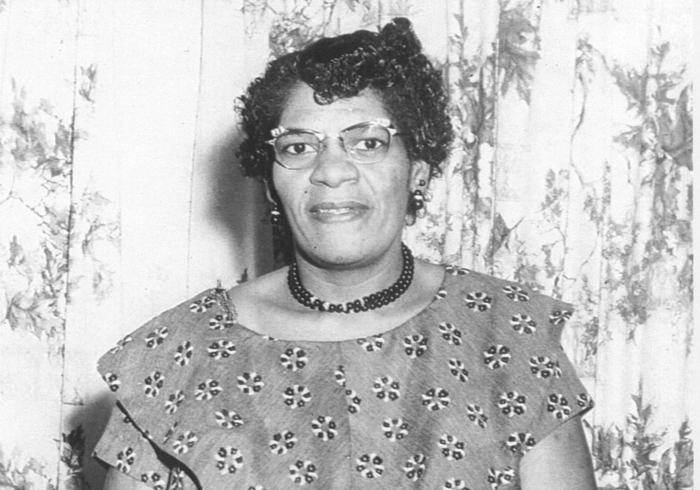
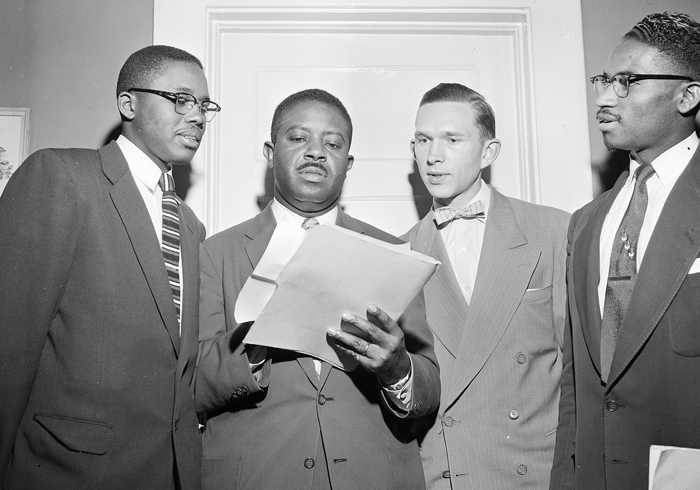
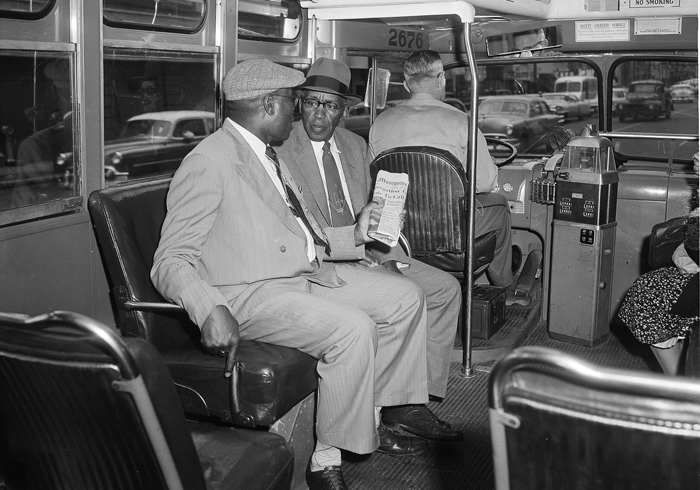
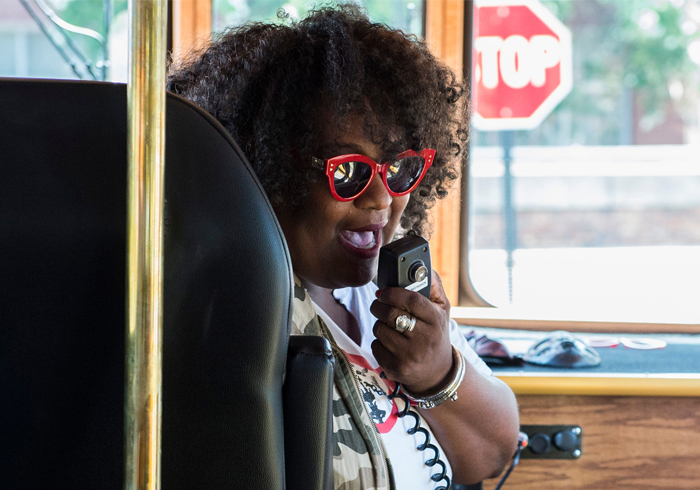
“Black women have been at the forefront of the fight for justice, equity and fair treatment throughout American history, and the Montgomery Bus Boycott was no different,” said Tafeni English, director of the Southern Poverty Law Center’s Civil Rights Memorial Center, which includes interpretive exhibits about civil rights martyrs.
“As we celebrate the 65th anniversary of the boycott and the spark it provided for the modern civil rights movement, we must also take care to ensure that Black women whose names are not as well-known – like Aurelia Browder, Jo Ann Robinson and Claudette Colvin – are recognized for their courage and resourcefulness, and for the significant impact they had on the movement’s success.”
While Parks became a household name, Robinson, Browder, Colvin and others played pivotal roles in starting and supporting the boycott.
Browder and Colvin, for example, were named as plaintiffs in Browder vs. Gayle, the historic Supreme Court case that legally ended bus segregation in Montgomery. And many other women whose names are not remembered today were highly instrumental in the movement that followed.
Jo Ann Robinson
Soon after Parks was arrested, Robinson – with the help of young attorney Fred Gray, Montgomery NAACP President E.D. Nixon and others – enlisted the young pastor of her church – Dr. Martin Luther King Jr. – as the spokesman and leader of the nascent movement.
Robinson, who was president of the Women’s Political Council, a group of women who were dedicated to civil rights, continued working fiercely behind the scenes throughout the boycott. Staying under the radar of white segregationists allowed her to preserve her job at the state-sponsored university.
“Jo Ann brought the statement that she and Ralph [Abernathy, a close friend and ally of King] basically had drawn up, asking the Black riders to stay off the bus for one day to show their disgust at the treatment they were getting on the buses, and women in particular,” said Ralph Bryson, a retired English professor at Alabama State University who was a colleague of Robinson and participated in the boycott with her. “She brought it to my office on campus and showed it to me. Of course, I was in strong agreement. ASU students helped her distribute the leaflets to churches in the city.”
At first, King was hesitant about conducting a boycott, but Robinson and others persuaded him to move forward.
“Martin was actually a little lukewarm, because he said that boycotts at different places and times were not really very successful,” Bryson said. “But … the next morning, a bus went by the parsonage where he lived on Jackson Street and it was empty. [His wife Coretta Scott King] called Martin to the window and said look here, the bus was empty. And so the next bus that went by was likewise empty.”
Bryson is a longtime member of Dexter Avenue Baptist Church, where King served as pastor from 1954 to 1960, and where the initial meetings to organize the bus boycott took place. The name of the worship center was later changed to Dexter Avenue King Memorial Baptist Church.
The boycott continued and took a significant financial toll on the transit system as thousands of Black people – who made up 70 percent of the city’s bus riders – carpooled or walked for miles to work and school.
At the same time, the boycott gave birth to the strategies, methods, support networks and alliances that formed the basis of the movement for racial justice that swept across the country. It showed the power of mass, nonviolent direct action and set the standard for democratic grassroots movements.
But few people could have predicted the impact that the boycott would have – not even Fred Gray, the lawyer who successfully argued the Browder v. Gayle case before the Supreme Court.
“None of us realized then that this was the opening event of the modern American civil rights movement,” Gray wrote in his autobiography, Bus Ride to Justice: The Life and Works of Fred D. Gray. “Little did we know that we had set in motion a force that would ripple throughout Alabama, the South, the nation, and even the world.”
Rosa Parks
No story of the Montgomery Bus Boycott would be complete without including the quiet yet determined bravery of Rosa Parks, who is commonly referred to as the first lady of civil rights.
A global icon of the struggle against racial injustice, Parks was a recipient of the Presidential Medal of Freedom and the first woman to lie in honor in the Capitol Rotunda in Washington, D.C., following her death 15 years ago on Oct. 24, 2005.
After leaving her job as a seamstress on the evening of Dec. 1, 1955, Parks famously boarded a Montgomery bus and sat in the first row of seats behind the white section, where she was required to sit under Jim Crow-era laws.
There was an arbitrary, movable line that separated the races on the bus, and the drivers adjusted it to accommodate the number of white passengers on board.
“Black riders were ordered to give up their seats to whites, and placards were put on the back of the seat with [the words] ‘black’ and ‘white,’ and blacks sat behind the placard and whites sat in front of the placard,” Bryson said.
“They moved the placard if they needed more seats” for white riders, he said.
At the third stop after Parks boarded, all the seats were filled and a white male passenger was left standing. The driver ordered Parks and the three other Black passengers on the row with her to get up and stand in the aisle at the back of the bus. The others complied. Parks did not. Instead, she slid over to the window. After she refused the orders again, the driver got off the bus and found two police officers, who arrested Parks and removed her from the bus.
Parks’ act of civil disobedience was inspired by the succession of other Black women who had been mistreated on city buses. She knew of the arrest of Colvin, who attended NAACP youth sessions that Parks led.
“I believe that Claudette’s act helped give Mrs. Parks the moral courage to do what she later did,” Gray wrote in his autobiography.
While sitting on the bus, Parks had also been thinking about the brutal murder of 14-year-old Emmett Till in Mississippi just months earlier.
She had shared her disdain for segregation in the frequent lunches she had with Gray, whose law office was a short walk from her job. In fact, Gray and Parks had lunch together just hours before she was arrested.
“Over the years, the question has been asked as to whether her arrest was pre-planned. It was not,” Gray wrote. “But the planning had been done in case she was arrested. So in one sense of the word, then yes, her arrest was planned. We both knew that if the opportunity occurred, and we had reason to think it was only a matter of time before it would, then Mrs. Parks would gracefully refuse to give up her seat.”
After Parks was arrested, Nixon, a pullman porter who presided over the local and Alabama state branches of the NAACP, bailed her out with the help of two of her white friends, Clifford Durr, an attorney who had worked in the Roosevelt administration, and his activist wife, Virginia Foster Durr. Nixon and the Durrs convinced Parks that her arrest could be a test case against the constitutionality of bus desegregation.
Gray, who had left town after his lunch with Parks on the day she was arrested, represented her in court on Dec. 5, 1955. She was convicted, and later lost her case on appeal.
Meanwhile, fired up by Parks’ arrest, Robinson, Gray and other Black leaders created the Montgomery Improvement Association (MIA) to organize the bus protest. They selected King as its president and Gray as its legal counsel.
On the night of Dec. 5, King gave a powerful speech to several thousand people assembled for the first of many MIA mass meetings in Black churches. The participants voted overwhelmingly to continue the protest until officials met their demands, which were threefold: Drivers would display more courtesy to Black riders; bus seating would be on a first-come, first-serve basis; and Black bus drivers would be hired on routes where Black people lived.
After the city refused to accept their demands, the boycott leaders decided to challenge the constitutionality of bus desegregation in federal court. Gray filed suit on Feb. 2, 1956, on behalf of four Black women who had suffered racial discrimination on Montgomery buses.
Browder, Colvin, Mary Louise Smith and Susan McDonald were the named plaintiffs in Browder v. Gayle. (William A. Gayle, the chief defendant, was the Montgomery mayor at the time.) Gray did not include Parks in the lawsuit.
“I intentionally did not include Rosa Parks as a plaintiff because her appeal was in process and I did not want to give the court an excuse for claiming that this suit was a collateral attack on her case,” Gray wrote.
Aurelia Browder
Seven months before Parks’ arrest, Aurelia Shines Browder Coleman, the lead plaintiff in Browder v. Gayle, had been taken to jail for refusing to give up her bus seat. Like Parks, Browder was a seamstress. She was also a midwife and an entrepreneur who used one of her businesses to assist in the boycott.
Browder owned several cars and leased them out to cab companies. When the boycott began, her cars and those of other Black business owners were used to help boycotters with their transportation needs.
“There’s a gathering every year where they sit back and talk” about Aurelia Browder, said Michelle Browder, who was born on the day her great aunt passed away. “She was an entrepreneur. She provided for her six children … she was just resilient.”
Described as “bootstrappy” and “strong-willed,” Aurelia Browder made for an outspoken first named plaintiff. She was not intimidated while testifying in court.
“I think that she’s been overlooked and I think it’s her time for people to start looking more or digging a little deeper into this history,” said Michelle Browder, who owns More Than Tours, a company that conducts civil rights tours of Montgomery.
“That’s why I give the tours. We talk about Rosa. What she did was great. Her contributions were needed, necessary. But it was all those other foot soldiers. So now that we’re on the 65th anniversary, it would be nice to talk about those nameless folks that walked through for 382 days, that sacrificed just as much as the next person.”
Claudette Colvin
Nine months before Rosa Parks was arrested, Claudette Colvin was riding home on a bus when the driver told her to give up her seat to a white passenger. But Colvin, inspired by her studies of Sojourner Truth and Harriet Tubman in a segregated, all-Black high school, refused.
“It’s my constitutional right to sit here as much as that lady,” Colvin said. “I paid my fare, it’s my constitutional right.”
Colvin, too, was arrested on several charges, including violating the city’s segregation laws. The teenager sat in jail for several hours after her arrest, terrified. “I was really afraid, because you just didn’t know what white people might do at that time,” she said later.
After her minister paid bail, she went home. She and her family stayed up all night, worried about the potential for retaliation from white segregationists.
NAACP leaders decided not to use Colvin’s case to challenge segregation laws because of her age and because she had become pregnant. Even though the facts of the case were on her side, they believed that having a young, unwed mother as the face of the boycott would be a distraction from a public relations standpoint. Colvin gave birth to a son, Raymond, in March 1956.
“I intentionally added Claudette Colvin as a party plaintiff because her case was a good ‘test case’,” Gray wrote. “Ultimately her case, in fact, desegregated the buses in Montgomery.”
Pressure to drop the lawsuit
Soon after Browder v. Gayle was filed, many influential white people in Montgomery – including local, county, state and federal officials – tried to persuade Gray to drop it. They said it would create problems in the community and he would be known as an agitator. Others suggested that he let the courts pass the case over for some period of time so there would not be a ruling on segregation laws.
Gray did not refuse outright but said he would have to confer with his clients. After doing so, he told officials that his clients insisted that he “pursue the case vigorously,” he wrote.
Some officials even suggested that Gray, who was then a struggling lawyer fresh out of law school, would have all the legal cases he could handle if he just dropped the suit. They said they could refer clients who could help him build up a substantial law practice if he complied.
But Gray was determined to end segregation.
“Remember, these assurances were made at a time when I had nothing,” he wrote. “I did not give them a second thought. Had I accepted their recommendation, I would never have been able to file another suit challenging the segregation laws of the state of Alabama, nor would I have been able to face myself, my family or those who trusted me.”
‘Sweet vindication’
Halfway through the bus boycott in June 1956, a three-judge panel including U.S. District Judge Frank M. Johnson Jr. ruled in Browder v. Gayle that Alabama’s bus segregation laws – at both the state and city levels – violated the U.S. Constitution’s Fourteenth Amendment, which guarantees equal protection under the law.
The city appealed the ruling to the U.S. Supreme Court, which upheld the decision in November of that year. MIA members voted to end the boycott. Black citizens desegregated the buses in Montgomery on Dec. 21, 1956.
“The news from the Supreme Court was not only music to my ears, but also to those of all the leaders – Mrs. Parks, Dr. King, E.D. Nixon, Jo Ann Robinson and others,” Gray wrote. “We knew that segregated seating was wrong, and we believed that it was unconstitutional. Now the highest court in the land had upheld our position. It was sweet vindication.”
Image at top: After the Supreme Court ruled in 1956 that segregated buses were unconstitutional, thus ending the nearly 13-month Montgomery Bus Boycott, Black residents in the city board an integrated bus through the once-forbidden front door. Photo by Don Cravens/LIFE Images Collection via Getty Images.



